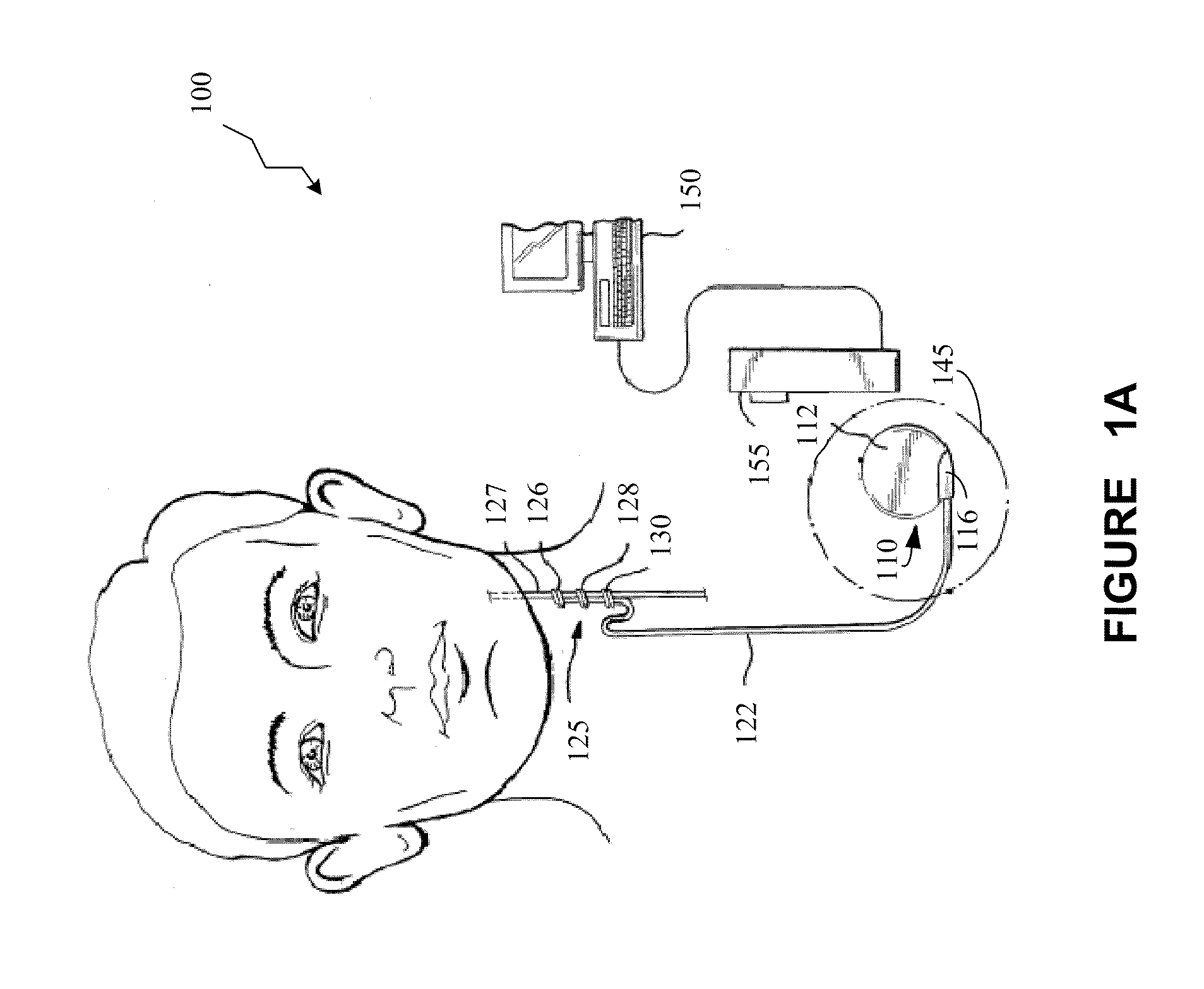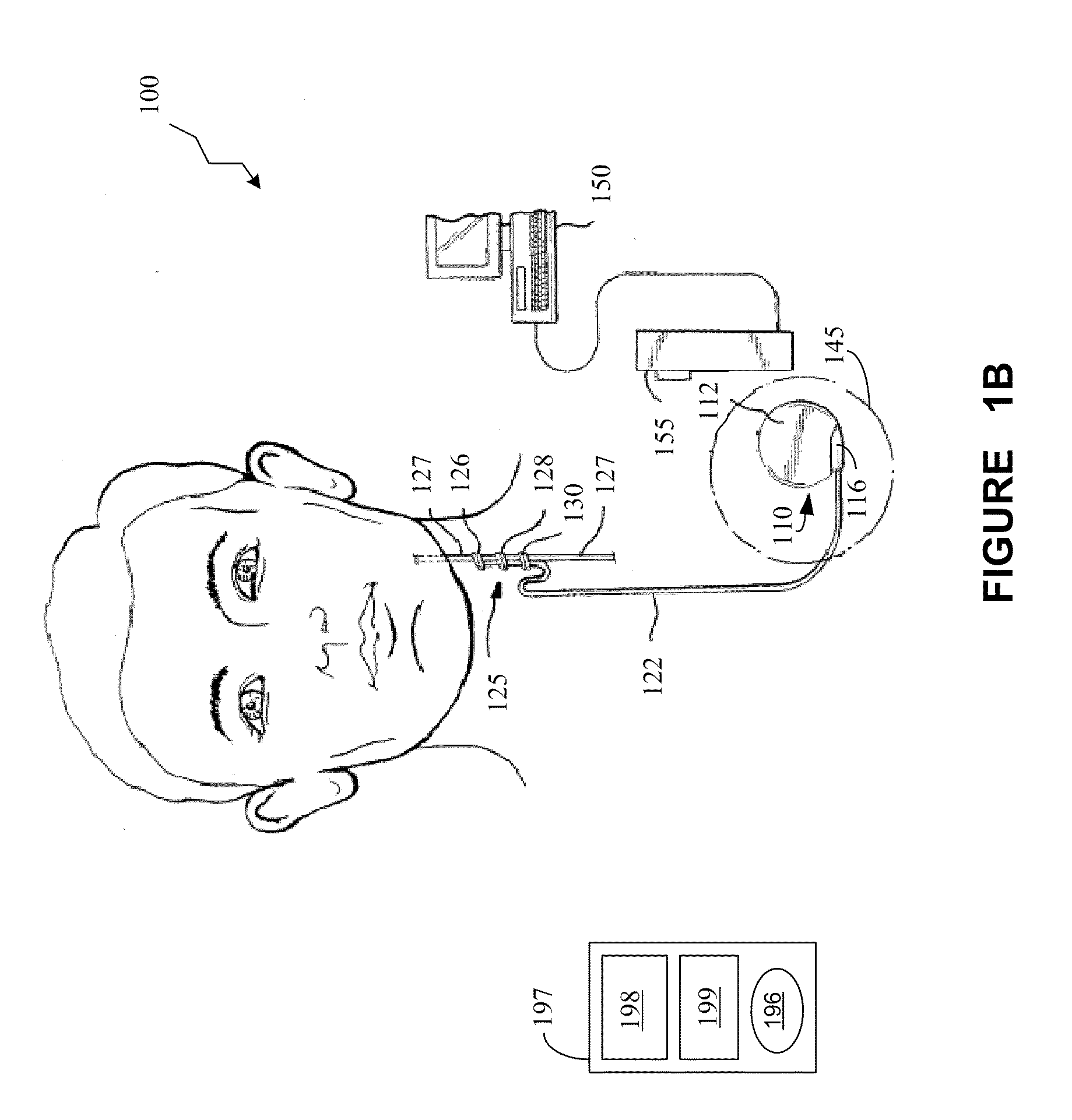Responsiveness testing of a patient having brain state changes
a technology of responsiveness and brain state, applied in the field of medical device systems, can solve the problems of isolation of patients, high risk of serious injuries, and impairment of motor function, and achieve the effects of social embarrassment, minimizing the risk of serious injuries, and minimizing the risk of injury
- Summary
- Abstract
- Description
- Claims
- Application Information
AI Technical Summary
Benefits of technology
Problems solved by technology
Method used
Image
Examples
example
[0135]A study was conducted at a major university medical center in subjects with pharmaco-resistant localization-related epilepsies undergoing surgical evaluation. After signing the consent form, subjects were enrolled into this study in the order of admission. The surgical assessment was conducted in accordance with this institution's protocol which included discontinuation of anti-seizure drugs or reductions in dose.
[0136]Inclusion criteria were: 1. Good candidate for invasive epilepsy surgery evaluation (subjects with at least one seizure / month on two or more appropriate medications at therapeutic serum concentrations); 2. Normal motor function; 3. Normal vision with or without correction; and 4. Low average IQ or higher.
[0137]Exclusion criteria were: 1. Mental retardation; 2. Status epilepticus during evaluation prior to collection of an adequate sample of test presentations and responses; 2. Use of rescue or psychoactive or CNS depressant drugs prior to collection of an adequa...
PUM
 Login to View More
Login to View More Abstract
Description
Claims
Application Information
 Login to View More
Login to View More - R&D
- Intellectual Property
- Life Sciences
- Materials
- Tech Scout
- Unparalleled Data Quality
- Higher Quality Content
- 60% Fewer Hallucinations
Browse by: Latest US Patents, China's latest patents, Technical Efficacy Thesaurus, Application Domain, Technology Topic, Popular Technical Reports.
© 2025 PatSnap. All rights reserved.Legal|Privacy policy|Modern Slavery Act Transparency Statement|Sitemap|About US| Contact US: help@patsnap.com



